Minute Man Fossils
Mortoniceras (Drakeoceras) drakei-Texas 01
Mortoniceras (Drakeoceras) drakei-Texas 01
Couldn't load pickup availability
Taxa: Mortoniceras (Drakeoceras) drakei
Geology: Fort Worth formation
Age: Cretaceous-Albian
Locality: Denton County, Texas
A fine example of a classic Texas ammonite species. The orange color is due to natural iron staining, which commonly occurs on fossils in the Fort Worth formation. No repairs or restorations.
Mortoniceras
Mortoniceras is an extinct genus of ammonites that lived during the Late Cretaceous period. These marine mollusks belonged to the family Acanthoceratidae and were characterized by their strongly ribbed, coiled shells with prominent tubercles (knobs) along the whorls. Mortoniceras fossils have been found in various parts of the world, including North America, Europe, and Africa, providing valuable insights into Cretaceous marine environments and biostratigraphy.
Ammonites
Ammonites are an extinct group of marine mollusks that belonged to the subclass Ammonoidea, closely related to modern squids, octopuses, and cuttlefish. They thrived in the oceans from the Devonian period (about 400 million years ago) until their extinction at the end of the Cretaceous period (about 66 million years ago). Ammonites are known for their coiled, chambered shells, which provided buoyancy, and intricate suture patterns along their shell walls. Their fossils are widely used in biostratigraphy to date rock layers and understand ancient marine environments.
Share
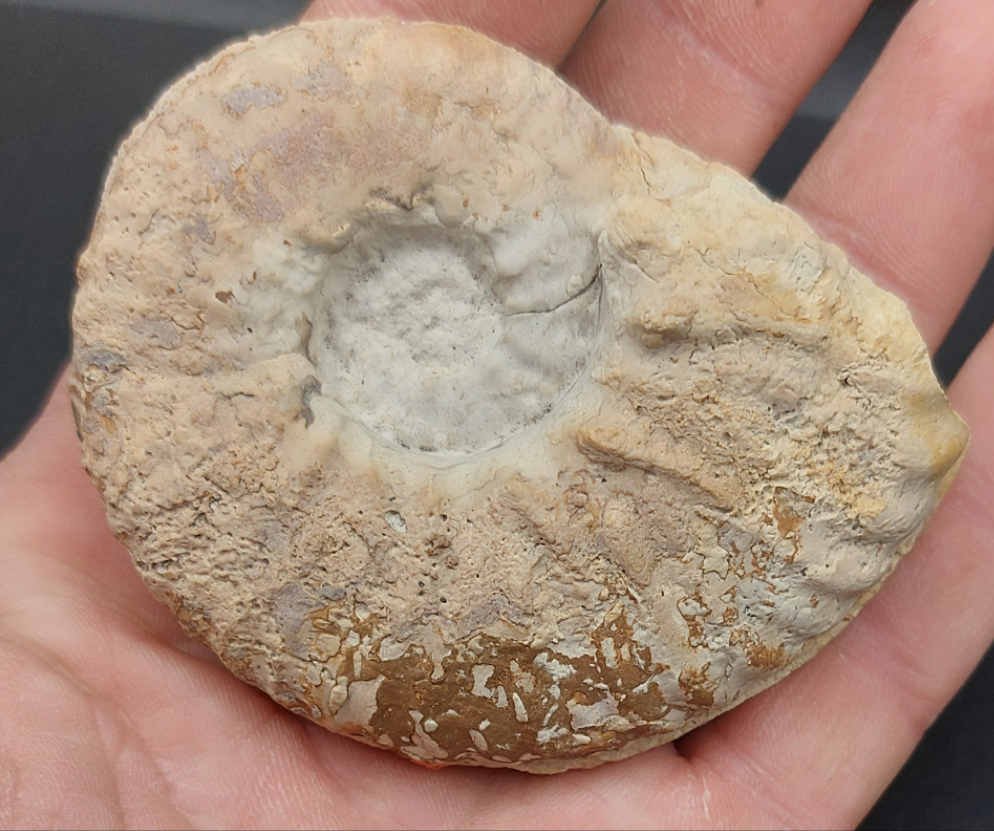
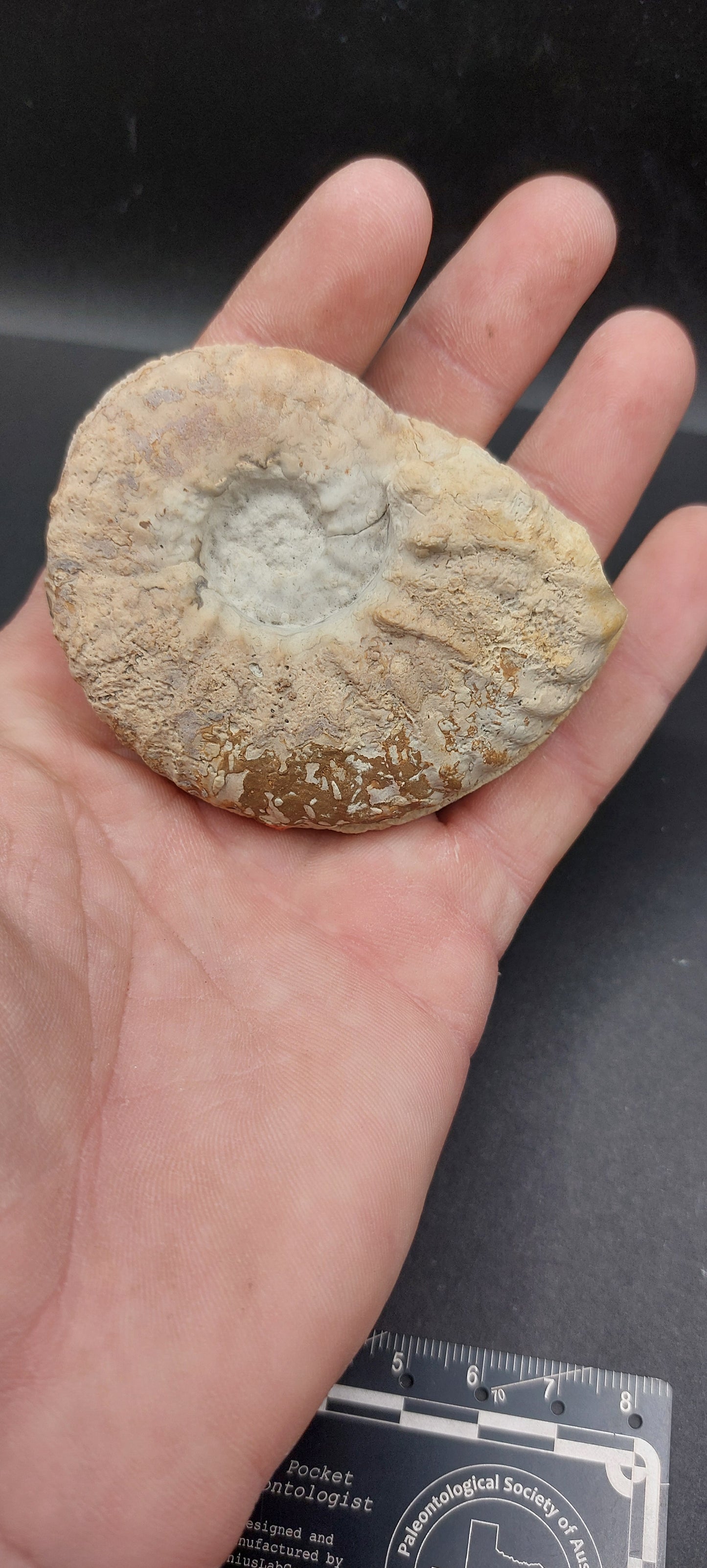
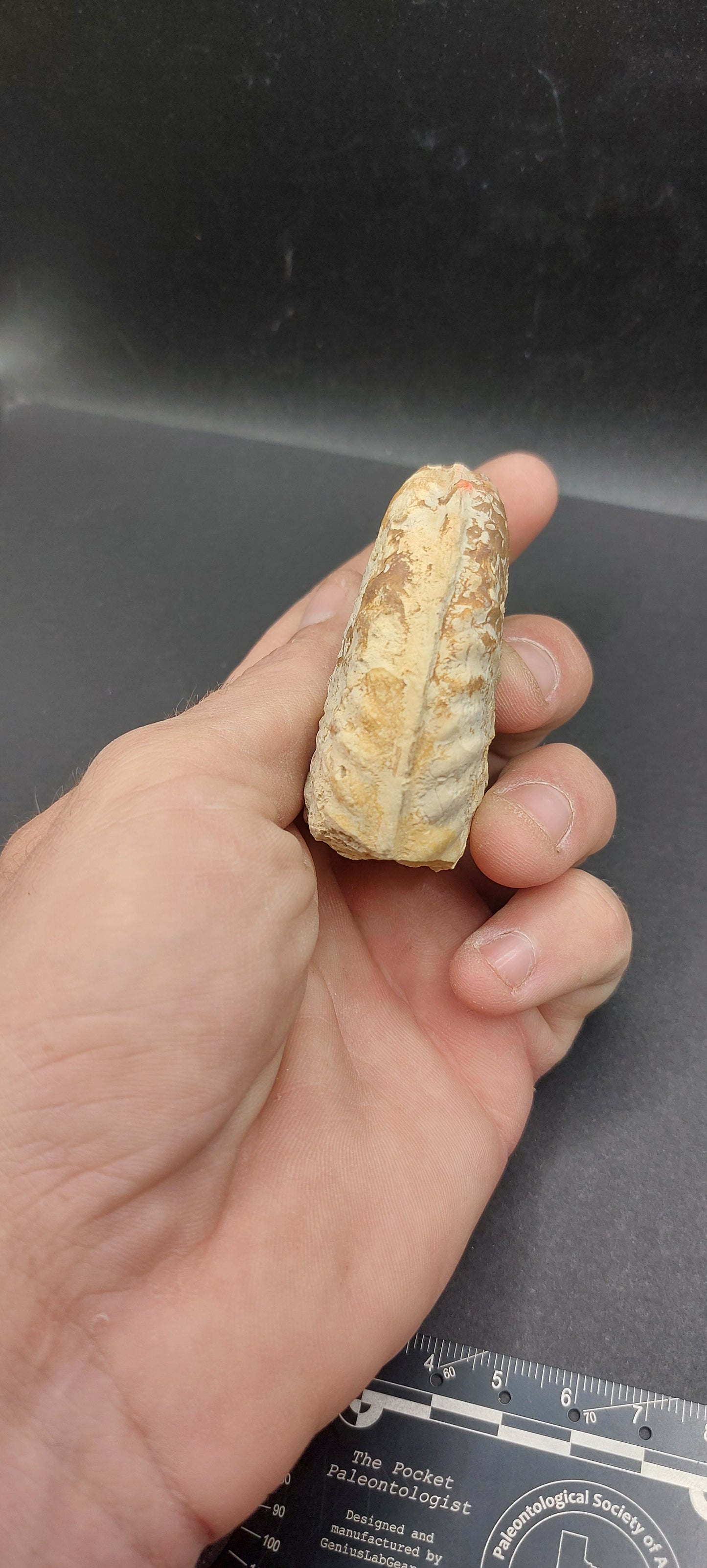
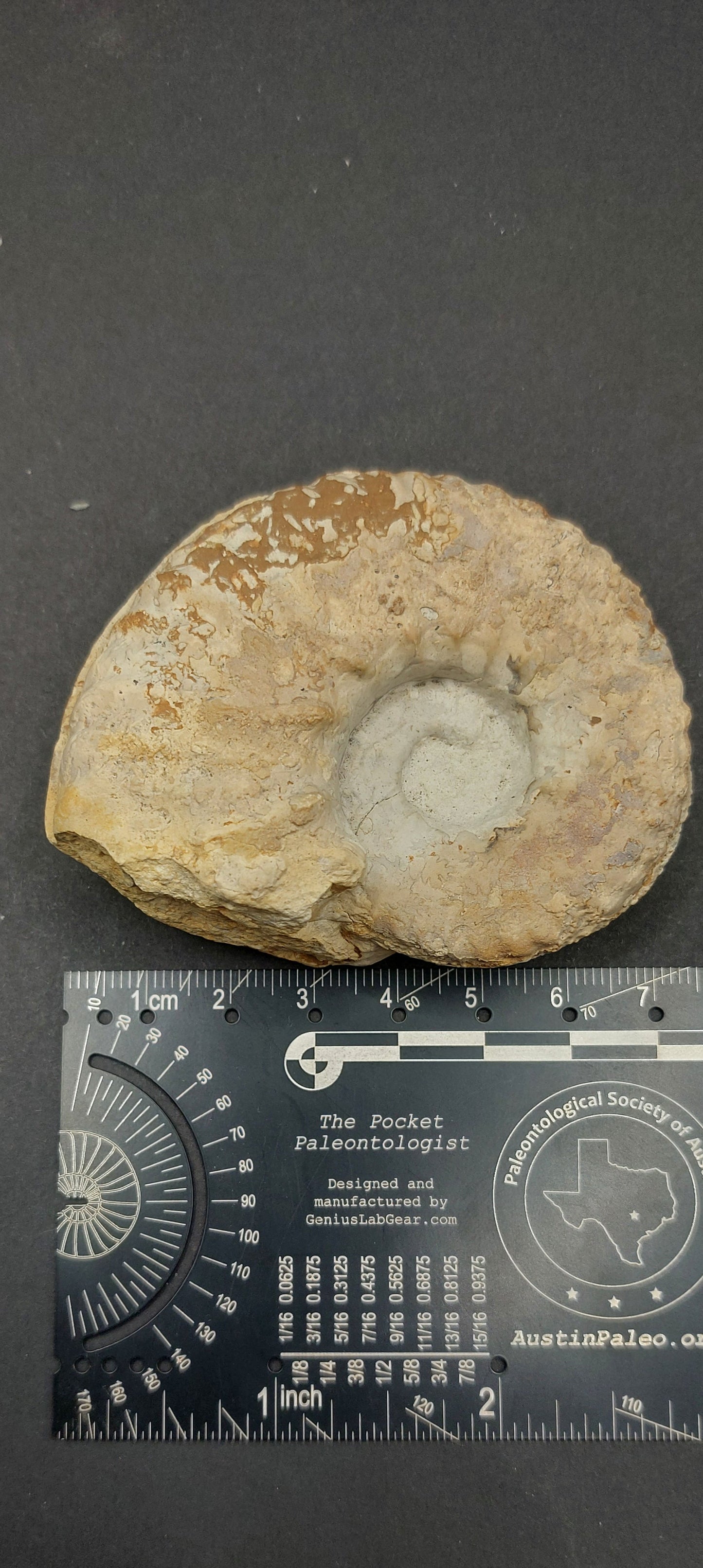
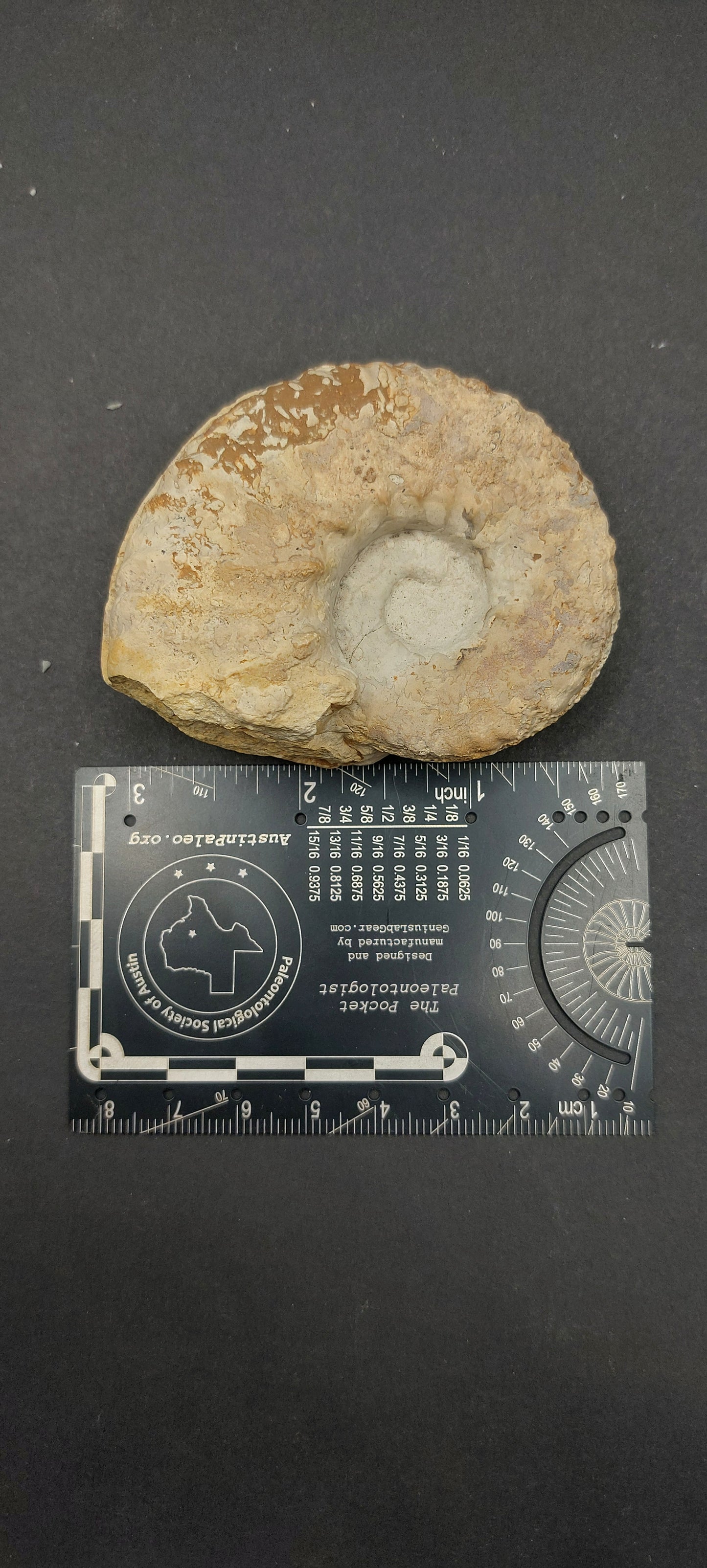
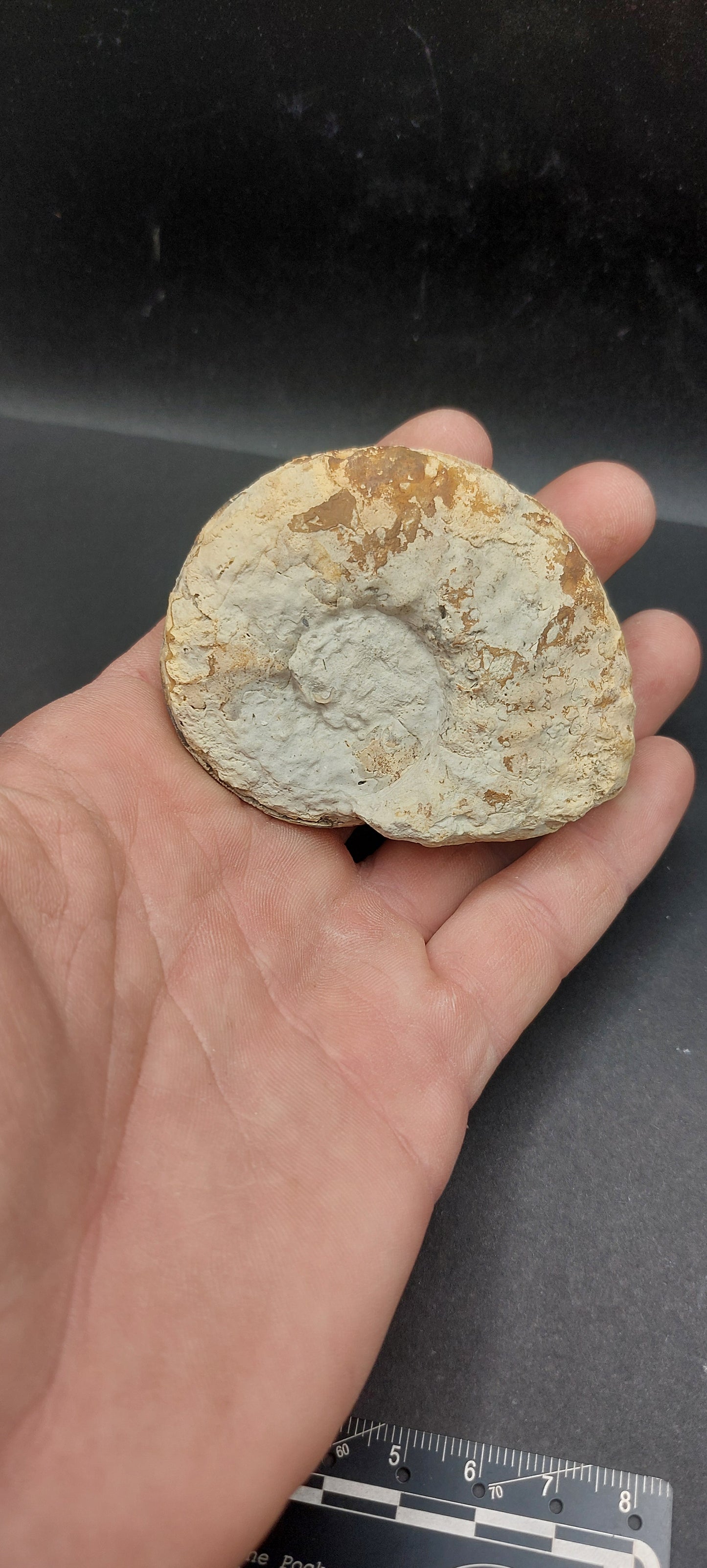
Subscribe to our emails
Be the first to know about new collections and exclusive offers.






